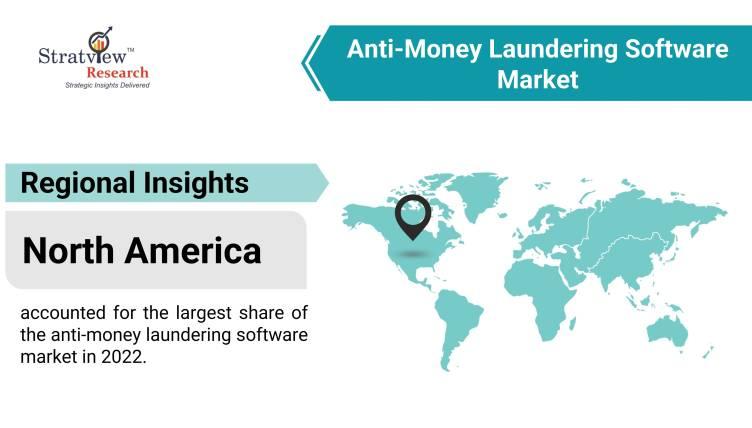Challenges and Future Prospects of Anti-Money Laundering Software Market

The Anti-Money Laundering (AML) software market has witnessed remarkable growth over the past decade, driven by the increasing sophistication of financial crimes and stringent regulatory requirements. The anti-money laundering software market is estimated to grow from USD 2.55 billion in 2022 to USD 5.39 billion by 2028 at a CAGR of 13.20% during the forecast period.
However, the industry faces significant challenges even as it continues to evolve to meet these demands. This article explores the key challenges and future prospects of the AML software market.
Challenges:
Evolving Money Laundering Techniques: Money launderers are constantly adapting and finding new ways to evade detection. They leverage emerging technologies such as cryptocurrencies and exploit vulnerabilities in the global financial system. AML software providers must continually update their solutions to stay ahead of these evolving techniques.
Data Overload: The sheer volume of data that financial institutions handle can be overwhelming. AML software relies on data analysis to detect suspicious transactions, but this abundance of data can lead to false positives, draining resources and causing compliance fatigue.
Regulatory Complexity: AML regulations vary by country and are subject to frequent changes and updates. Compliance can be challenging for financial institutions operating in multiple jurisdictions, as they must navigate a complex web of rules and reporting requirements.
Cost of Implementation: Implementing and maintaining AML software can be costly. Smaller financial institutions may struggle to invest in comprehensive AML solutions, potentially leaving gaps in the system that money launderers could exploit.
Future Prospects:
AI and Machine Learning Advancements: AML software will continue to benefit from advancements in artificial intelligence and machine learning. These technologies will enhance the accuracy of transaction monitoring and reduce false positives, improving overall efficiency.
Blockchain Integration: As cryptocurrencies and blockchain technology become more prevalent, AML software will need to incorporate advanced blockchain analytics to track and analyze cryptocurrency transactions, closing potential loopholes for money laundering.
RegTech Integration: Regulatory technology (RegTech) solutions within AML software will simplify compliance by automating reporting and adapting to changing regulations. This will make compliance more cost-effective and efficient.
Cloud-Based Solutions: Cloud-based AML software will gain further traction due to its scalability and cost-effectiveness. Financial institutions can access and scale their AML systems as needed, without significant infrastructure investments.
Cross-Institution Collaboration: AML software providers will facilitate collaboration among financial institutions and regulatory authorities. Shared data and insights will enable quicker identification of money laundering schemes that span multiple institutions.
Enhanced User Experience: AML software interfaces will become more user-friendly, allowing compliance professionals to navigate complex data with ease. Intuitive dashboards and reporting tools will improve overall usability.
Global Expansion: AML software will continue to expand its coverage to include a broader range of regions and jurisdictions, accommodating various languages, currencies, and regulatory frameworks.
In conclusion, while the Anti-Money Laundering software market faces significant challenges in combating financial crimes and navigating complex regulations, its future prospects are promising. Advancements in technology, integration with blockchain and RegTech, and enhanced collaboration among institutions and regulators will play a crucial role in addressing these challenges. As AML regulations evolve and financial crimes become more sophisticated, AML software will remain a vital tool in safeguarding the integrity of the global financial system.
- Art
- Causes
- Crafts
- Dance
- Drinks
- Film
- Fitness
- Food
- Παιχνίδια
- Gardening
- Health
- Κεντρική Σελίδα
- Literature
- Music
- Networking
- άλλο
- Party
- Religion
- Shopping
- Sports
- Theater
- Wellness




